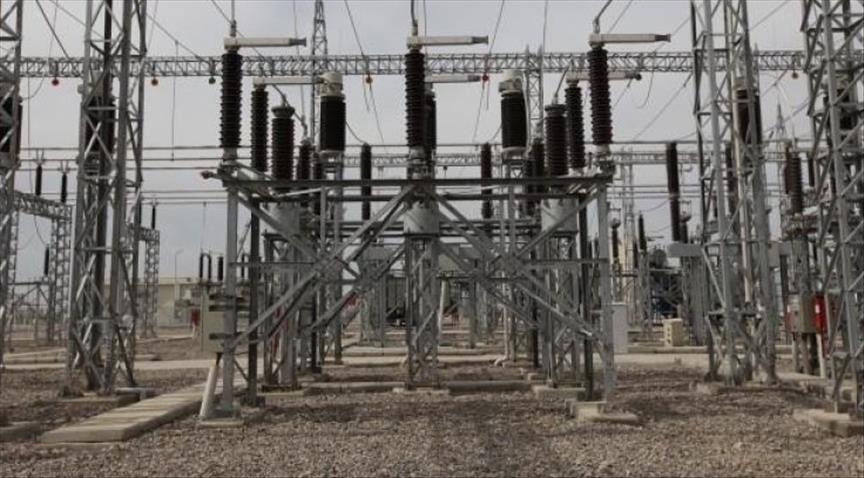India struggles with electricity transmission and distribution (T&D) losses, however the country has taken some measures to curtail these losses, the U.S.' Energy Information Administration (EIA) said Thursday.聽
T&D聽losses mean that the generated electricity does not reach customers due to theft, or technical聽inefficiencies聽such as resistance in wires and equipment.聽
India has one of the world's highest levels of electricity T&D聽losses, the EIA said, which account for almost 20 percent聽of the country's total electricity聽generation. This is聽more than twice the world average, and nearly three times as large as T&D losses in the U.S.聽For instance, in places with good technical efficiency and low theft, T&D losses聽range around 6 to 8 percent, the EIA noted聽
"Most聽of India's T&D losses result from theft, which occurs when consumed electricity is not accounted for. Electricity is typically stolen by either bypassing or tampering with聽meters or through bribing utility meter readers or billing agents," EIA said.聽
However India has taken some significant steps in recent years to avoid T&D losses.聽
In 2011, when the Indian government bailed out聽distribution companies,聽it set up the聽$1.3 billion聽National Electricity Fund聽to promote investment in the power distribution sector. This fund聽financially rewards companies that聽reduce electricity聽losses and聽meet聽regulatory goals.
In addition, the government has adopted new regulations and technologies to fight against losses. With new聽information technology, monitoring of both equipment and the electricity grid system is possible.聽
"By the end of 2013, each of the country's five regional grids was聽interconnected聽to operate聽synchronously," EIA said, adding聽"India has also聽more than doubled聽the mileage and capacity of high-capacity, high-voltage, and direct-current lines since 2002, as these lines experience fewer losses over long distances than alternating-current lines."
By Ovunc Kutlu
Anadolu Agency
ovunc.kutlu@aa.com.tr


